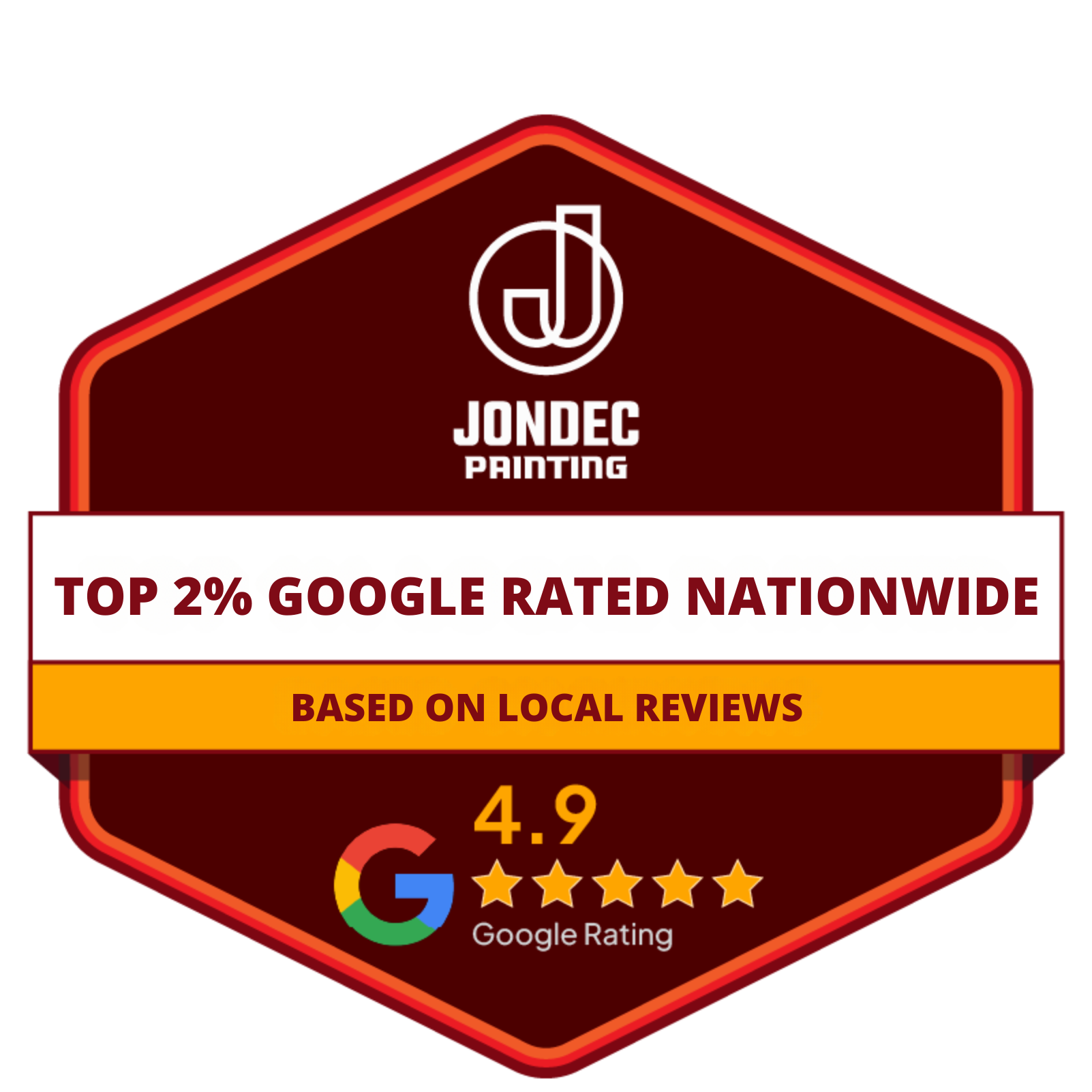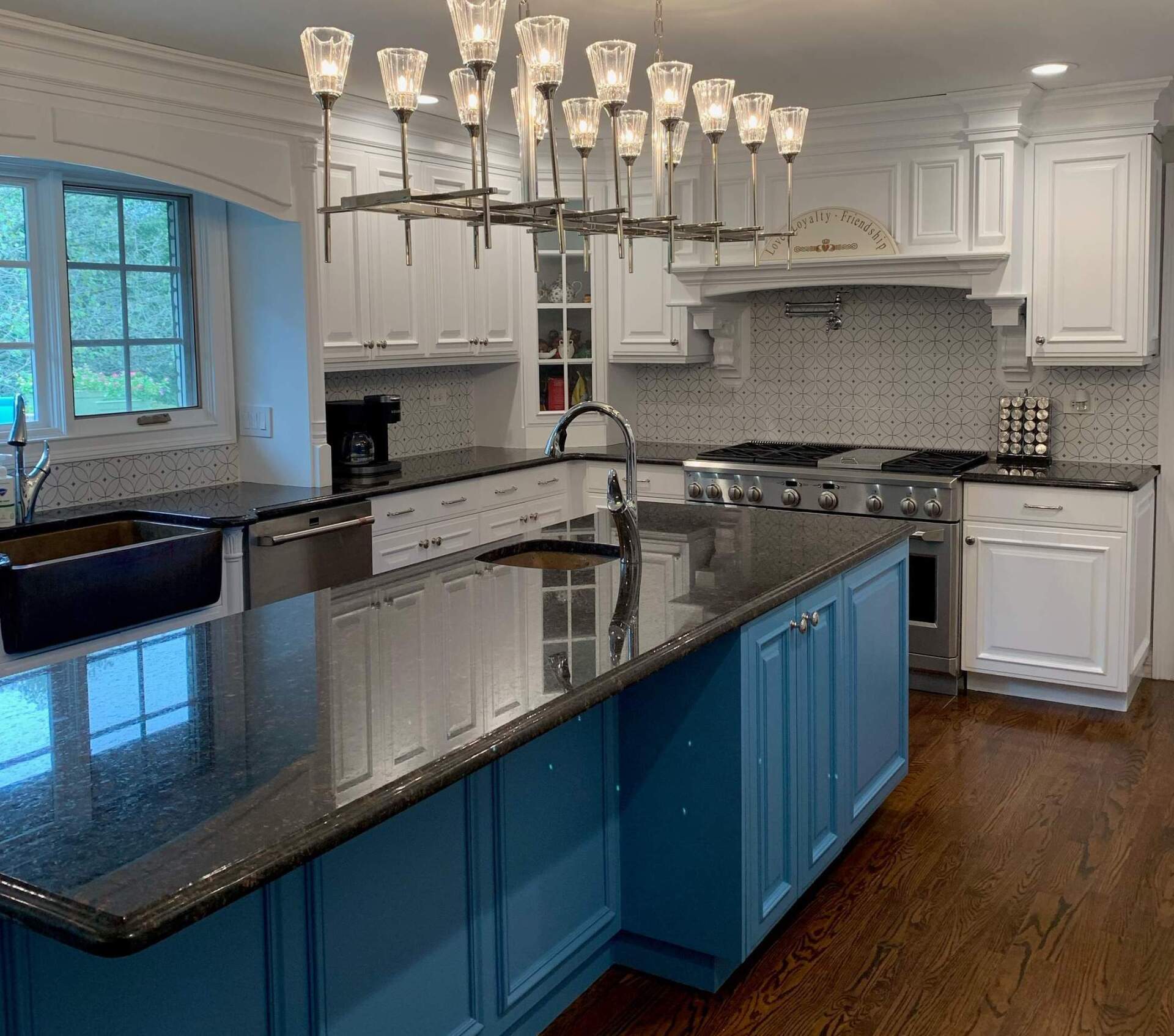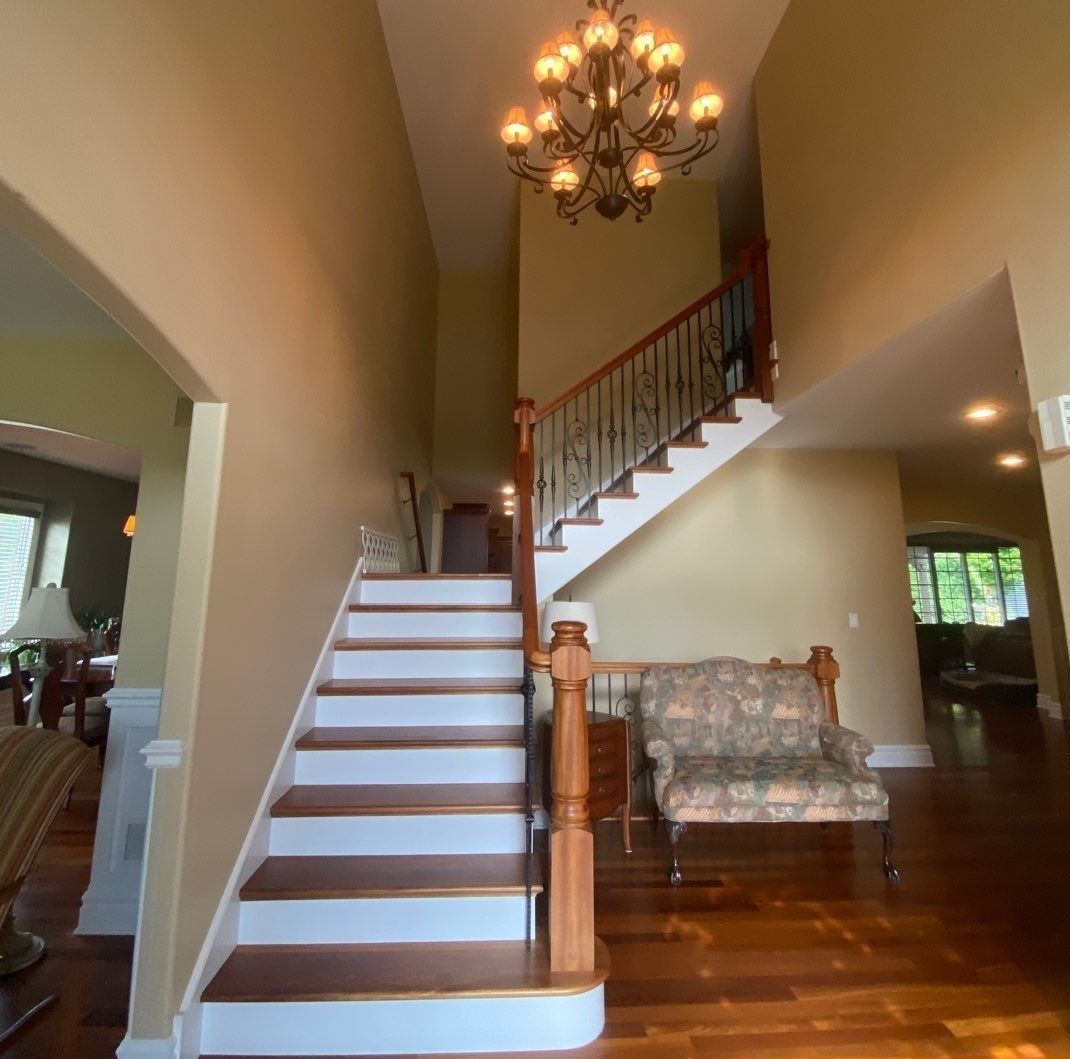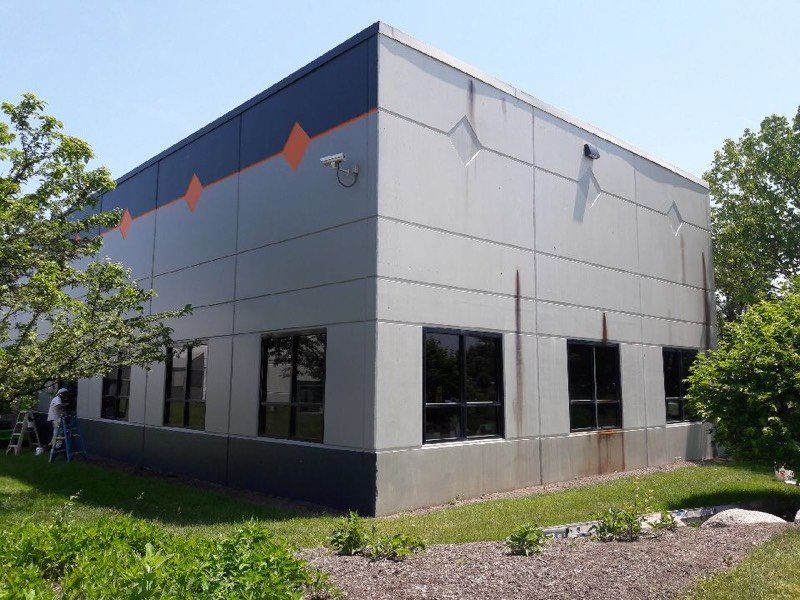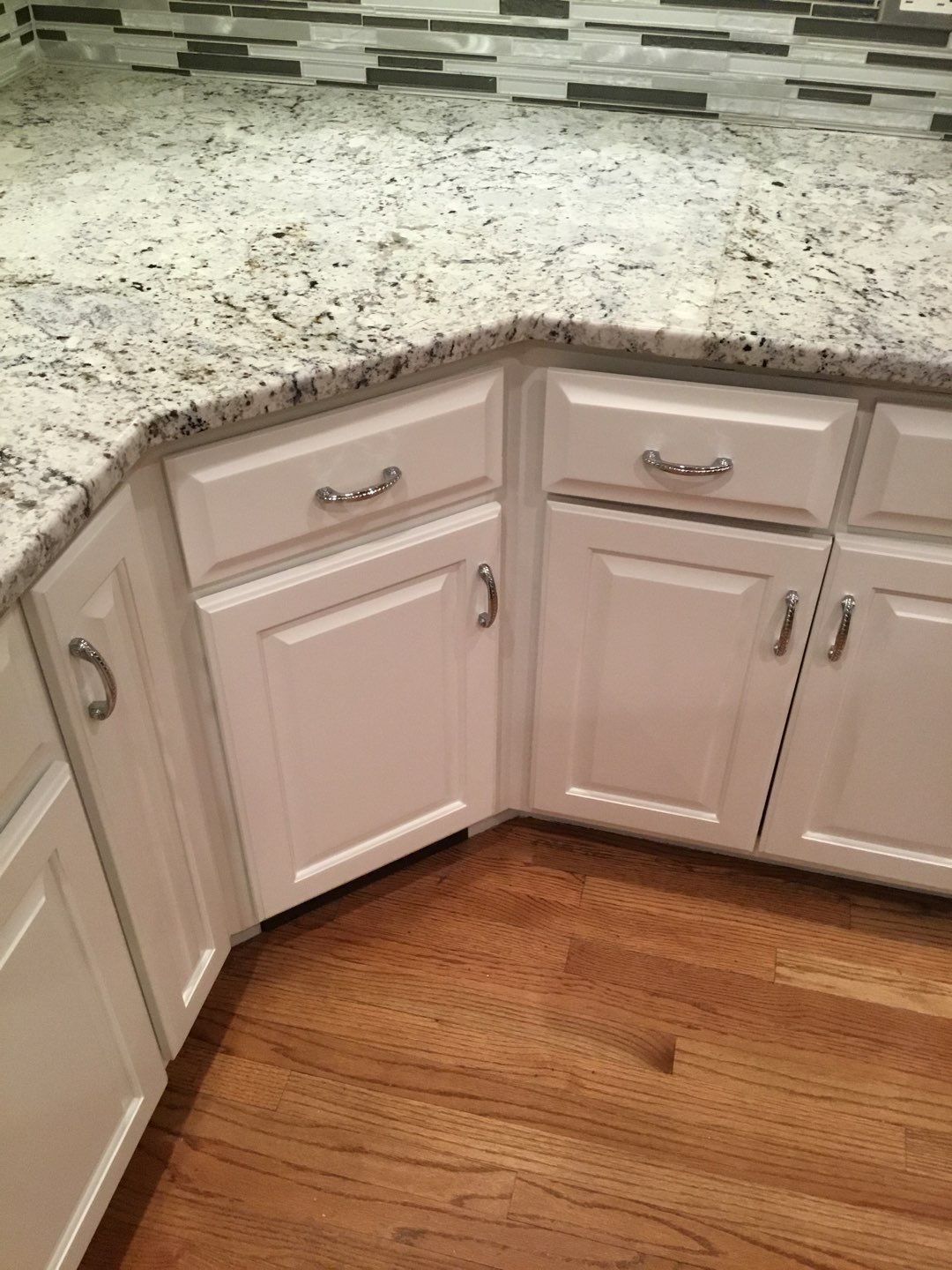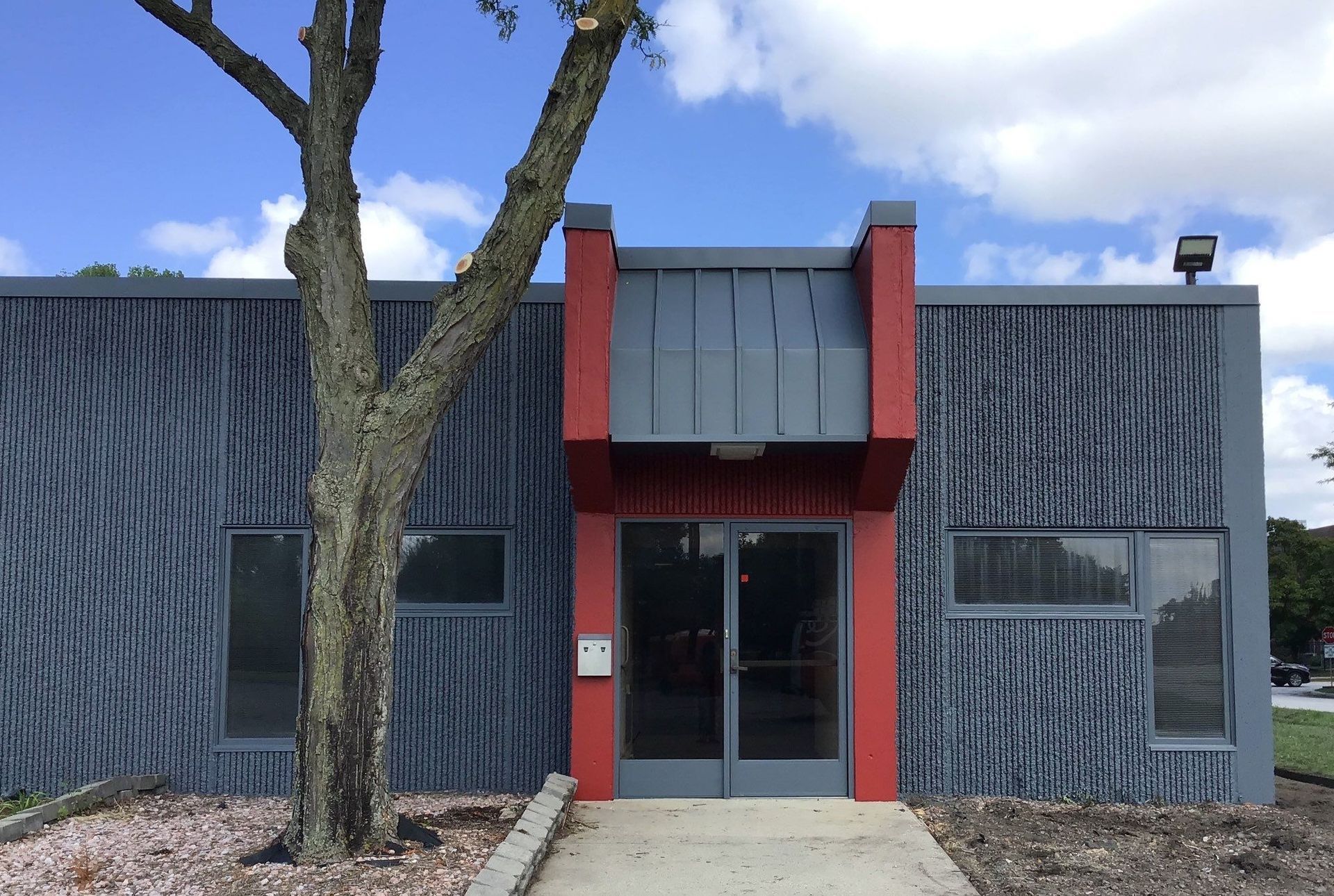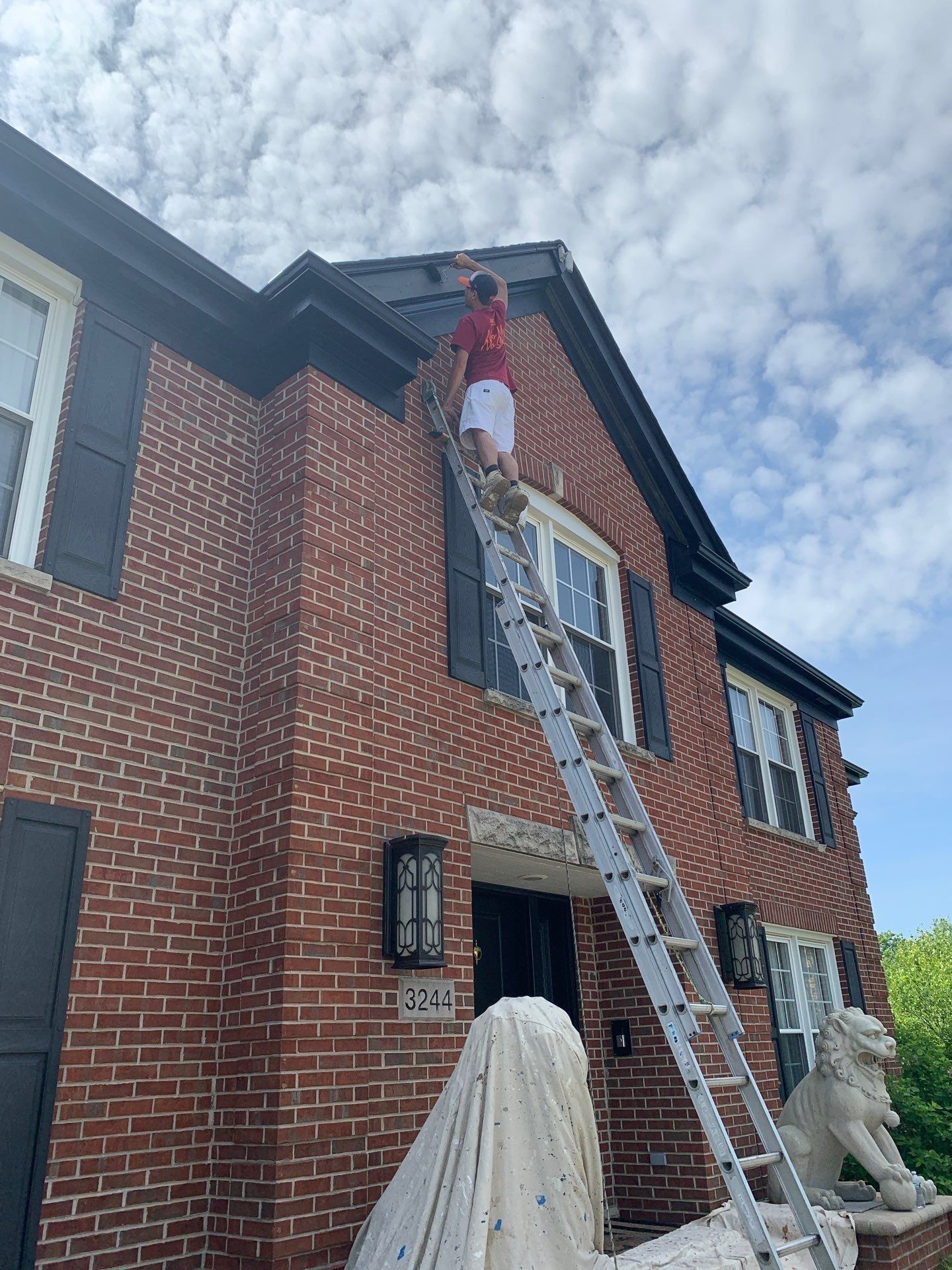What's the Best Kind of Interior House Paint?
August 5, 2021
What's the Best Kind of Interior House Paint?
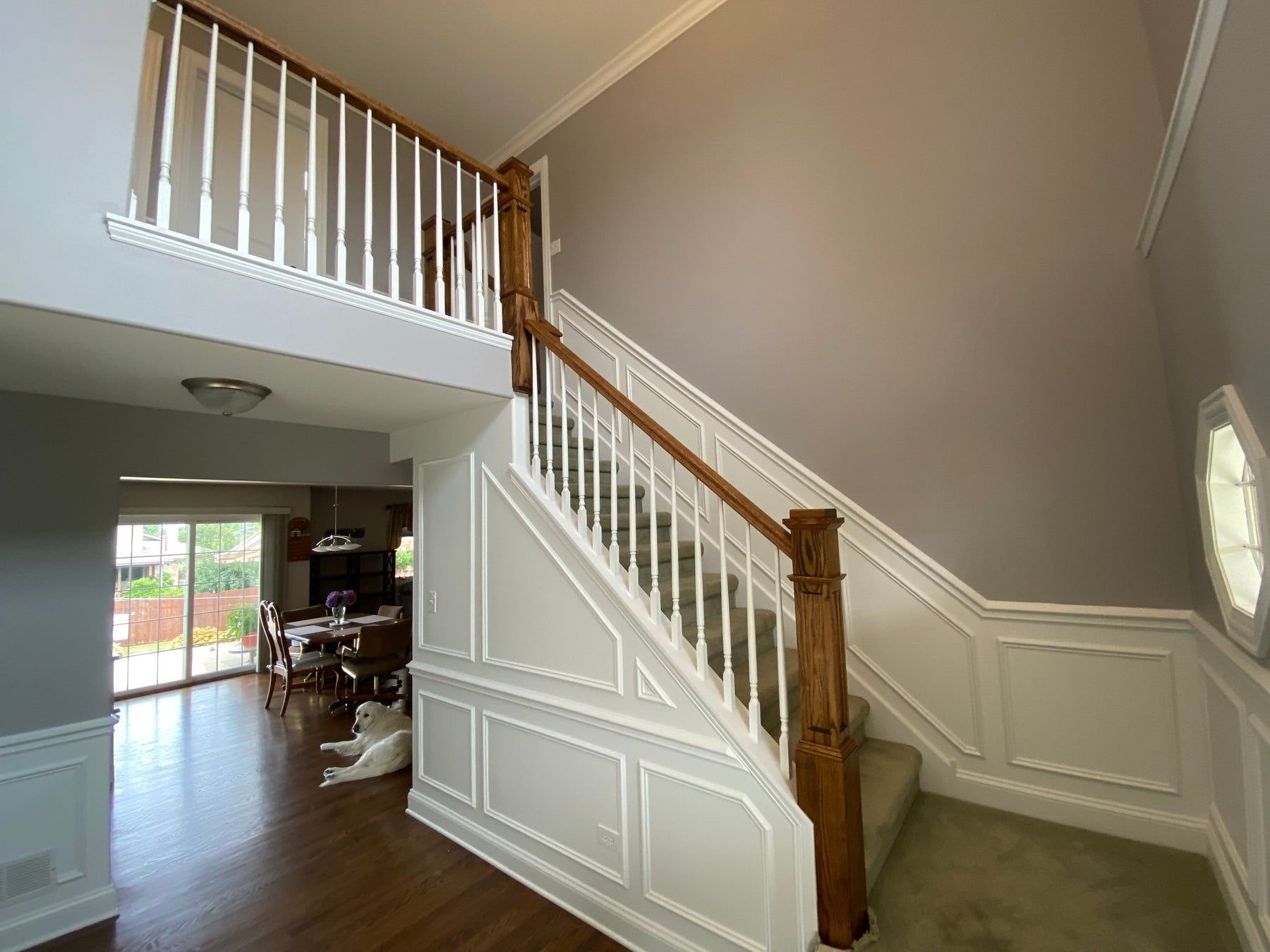
Thinking about an interior painting
project? It's definitely time to consider colors and styles, but you also need to consider paint finishes. Especially if you're covering high-traffic areas, you need a paint job that can stand up to bumps and scrapes, and is easy to touch up down the road (especially if kids or pets are involved!).
Today, let's take a look at a few of your traditional paint sheen options and see which is the best fit for your home.
Quick Tip! Pick Paint Brands Wisely
We love bargains as much as anyone, but please be aware that you really do get what you pay for when it comes to interior paint and paint brands. There is certainly a wide variety of cheap products readily available, but high-quality paint is worth the investment, delivering better color retention, excellent coverage, and a more durable finish.
Flat, Gloss, or Satin Paint: How Do You Choose?
If we drill down deeper, we find even more options:
- Flat paint
- Eggshell finish
- Satin finish
- Matte paint
- Glossy finish
- Semi-gloss paint
Feeling overwhelmed? Don't! We'll share some good news in just a minute.
It used to be that the level of shine your paint had was a direct indicator of how durable and washable it was. For example, ceilings were almost always painted with a flat or matte finish since they're low-traffic surfaces (thanks to, well, gravity). Plus, flat finishes cover blemishes well, absorb light, and are easy to touch up.
In high-moisture areas, like a bathroom, it was recommended that you choose paint with a glossier finish. The harder surface locked out moisture more effectively, deterring the growth of mold or mildew. Plus it's easy to wipe down.
Glossy paints also found a home on trim, chair rail, doors, baseboards, and cabinets.
Paint for walls in general spaces, like your living room, more often than not were done in eggshell finishes. Eggshell offers a nice balance of softness and durability.
Now for that good news.
Flatter Paint Sheens Can Be Durable and Washable Too
As the EPA's standards for paint safety changed over the years, paint manufacturers really stepped up their game. If you choose a high-quality paint, today's flat and matte sheens are just as durable and washable as glossier paint.
That means you get all the benefits of lower-sheen paints, but with the strength you need for a busy household. Plus, flat and matte paint is super stylish right now. Good news all around!
What's the Takeaway?
Talk to your local paint expert and ask what brand of paint they recommend, or will be using for your interior paint job. Or, if you're tackling a DIY project, make the investment in a quality paint manufacturer. You'll be so glad you did, enjoying the performance and style for years to come.
Have any other questions? Contact us at Jondec Painting! We've been the painter of choice for Orland Park and surrounding communities for over 33 years.
Share
Let's Talk Paint!
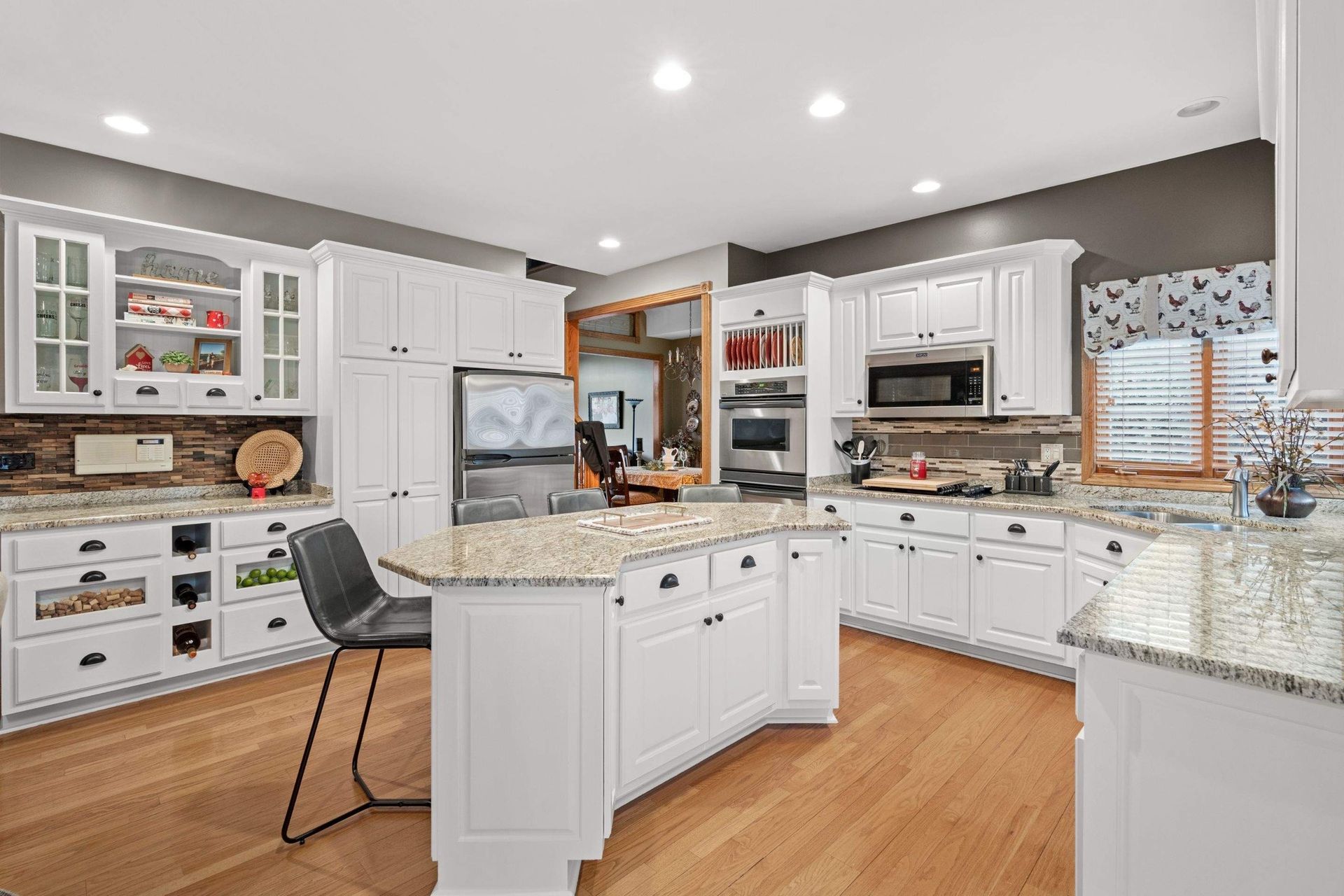
Your kitchen cabinets take up a huge amount of visual space. And you know what that means? It means a fresh coat of paint can do more than just make them look brand new. It can transform your kitchen’s style and save you thousands compared to a full remodel. But here’s the catch: painted cabinets can be stunning…or they can be a DIY disaster. Before you grab a paintbrush and start slapping on color, there are a few golden rules you’ll want to follow. Here’s our list of do’s and don’ts to keep your cabinets looking polished instead of patchy. The Cabinet Painting Do’s Do Clean Thoroughly: Grease, dust, and kitchen grime are sneaky. If you don’t clean your cabinets properly before painting, all that gunk will show through the new paint, or worse, prevent it from sticking. A little elbow grease goes a long way. Do Remove the Doors and Hardware: It’s tempting to cut corners, but trust us: painting around hinges and handles never looks neat. Take the doors off, label them, and store hardware in a baggie so you don’t end up with the world’s hardest jigsaw puzzle later. Do Sand (Yes, Really): Sanding is the unglamorous step nobody wants to do, but it’s the secret to a smooth, professional finish. Even if your cabinets don’t look glossy, a light sanding helps paint adhere and prevents chipping. Do Use the Right Paint: Cabinets need durable paint that can handle daily wear. Satin, semi-gloss, or specialty cabinet paints are designed for the job. Flat wall paint? Not invited to this party. Do Test a Sample First: Colors can look completely different under your kitchen lighting than they do on a tiny paint chip at the store. Paint a test section before committing to “soft sage” that mysteriously turns into “swamp green” under your pendant lights.
